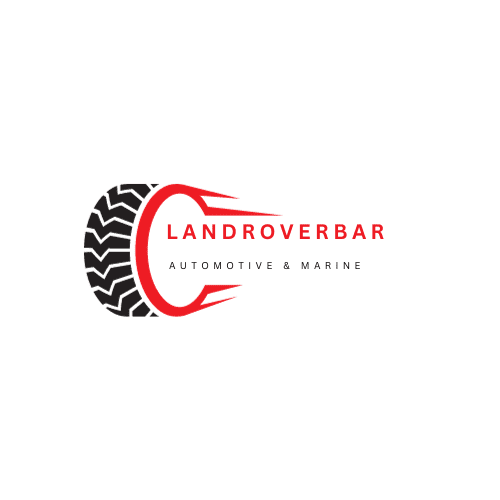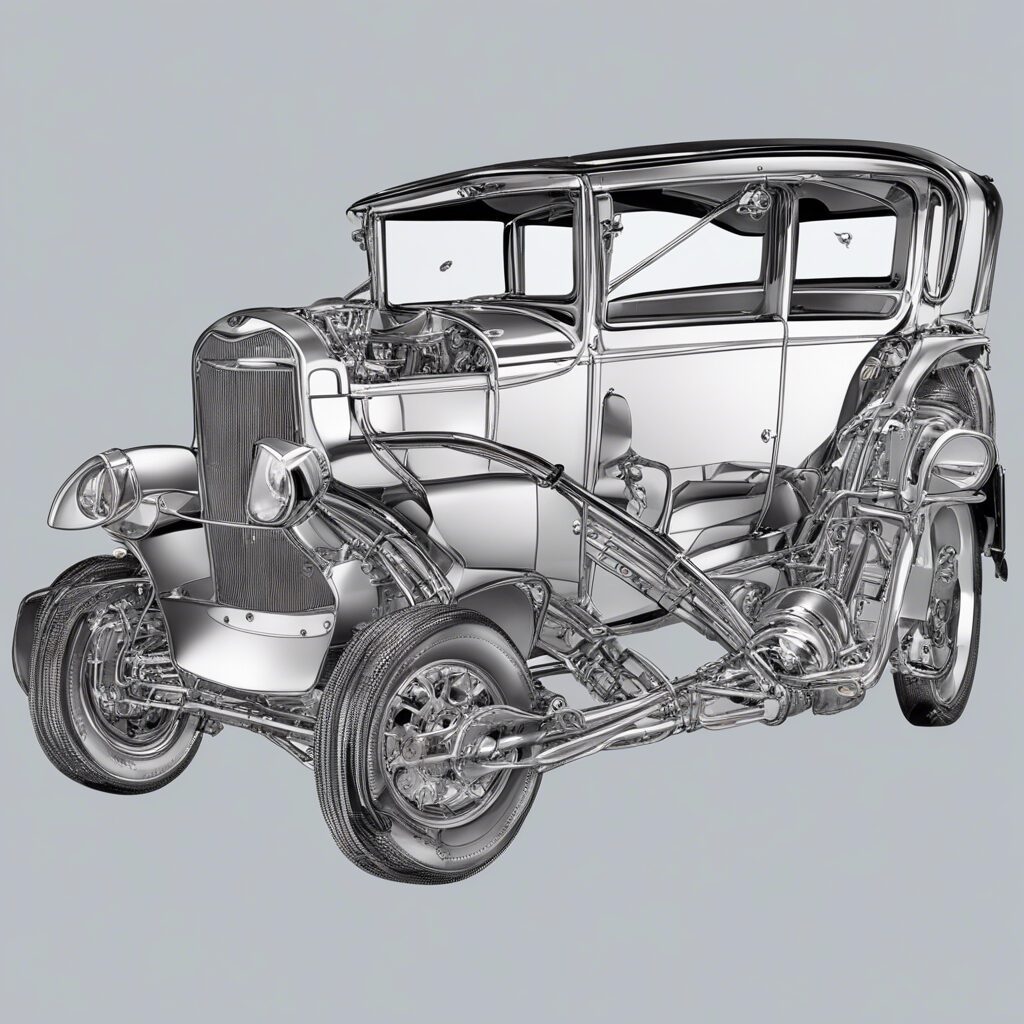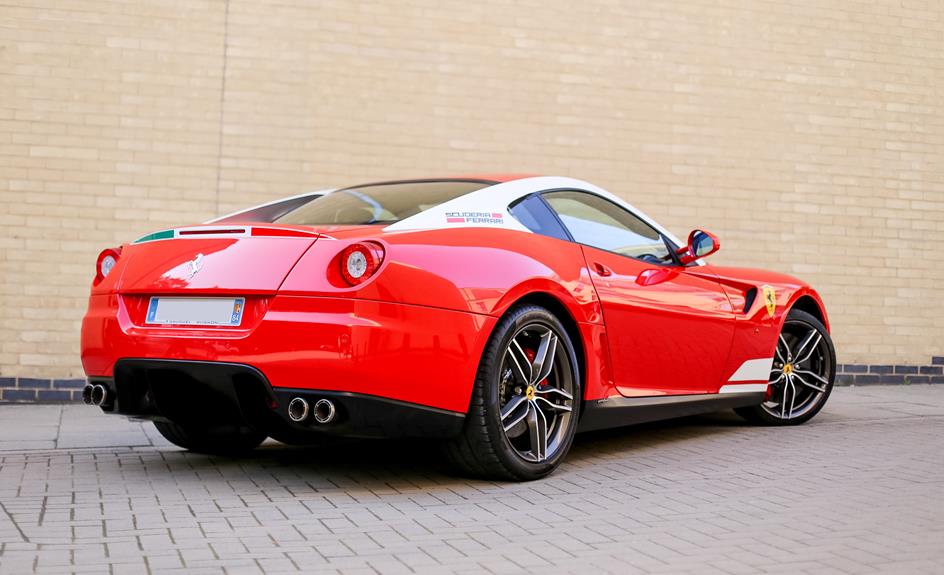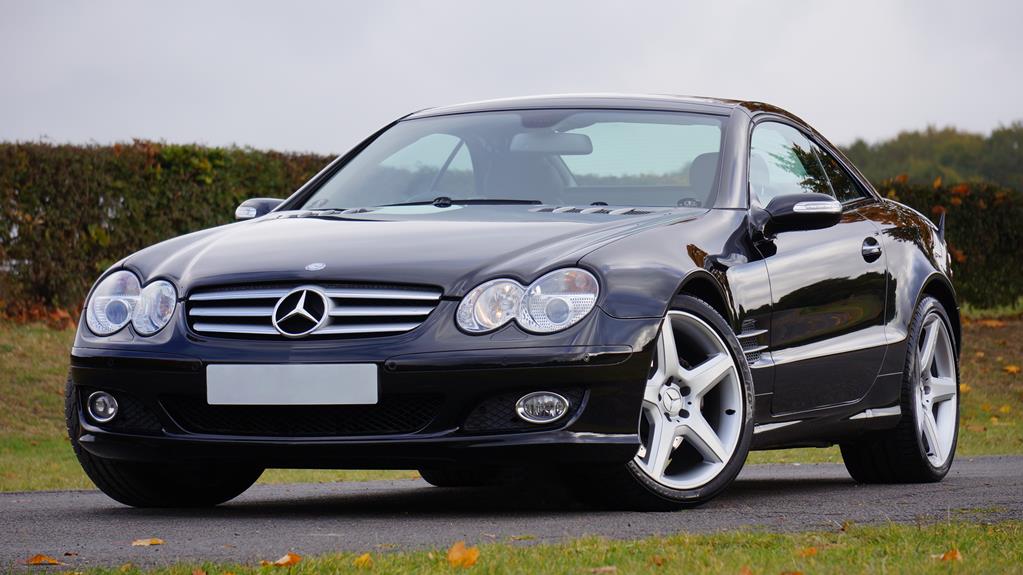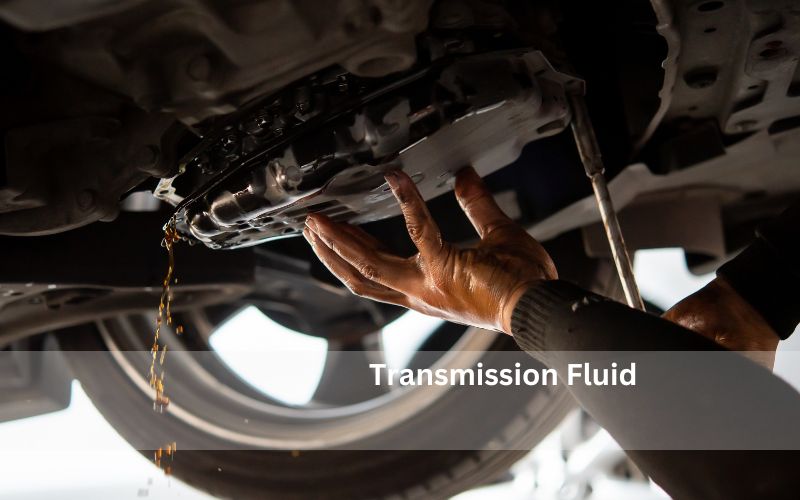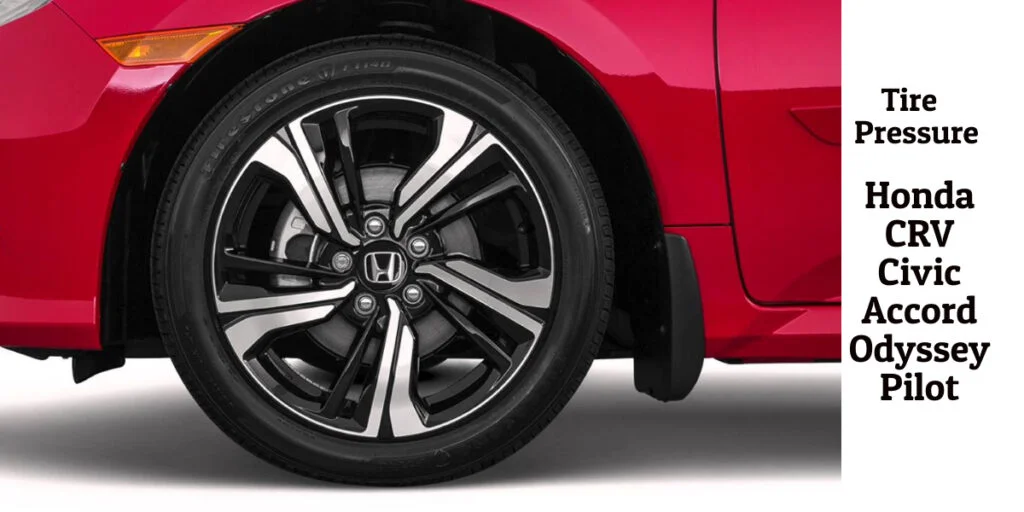Blinking Red Light When Car is off
A blinking red light on your car when it’s off could indicate a security system issue. Ensure to check your vehicle’s manual or contact a professional for assistance. Seeing a…
How to Store Rims
To store rims, place them vertically in a tire rack to prevent damage and save space. Keep them in a cool, dry place away from moisture and direct sunlight. Storing…
Drove Over Curb in Parking Lot Quick Fixes And Prevention Tips
If you drove over a curb in a parking lot, inspect for damage and consider realigning your wheels. Implement the quick fixes and follow the prevention tips to avoid future…
How to Wash a Check With Brake Fluid
To wash a check with brake fluid, gently soak the check in brake fluid and rinse with water. Brake fluid can wash away ink from a check, rendering it unusable…
Ev6 Vs Ev1 Injectors
Ev6 injectors are newer and more efficient than Ev1 injectors, offering better fuel atomization and higher flow rates. When considering the performance and reliability of fuel injectors for your vehicle,…
How Much Does It Cost to Paint Brake Callipers
Have you ever wondered how much it really costs to paint brake calipers? The answer may surprise you, as the price can vary significantly depending on various factors. Before you…
Why Do Different Car Models Have Recommended Oil Change Intervals?
Different car models have recommended oil change intervals to ensure optimal engine performance and prevent potential damage to the engine. The intervals are determined based on various factors such as…
Mahle Vs Fel Pro Head Gaskets
Mahle and Fel-Pro head gaskets are both reputable brands known for their quality and reliability. In recent years, many enthusiasts and professionals have debated the superiority of Mahle versus Fel-Pro…
Also Read: Dispute Car Accident From Traffic Record
Over 40,000 People Are Subscribed To Our
Weekly Productivity Newsletter
Become A Subscriber Today And Receive Our Latest Blog News!

